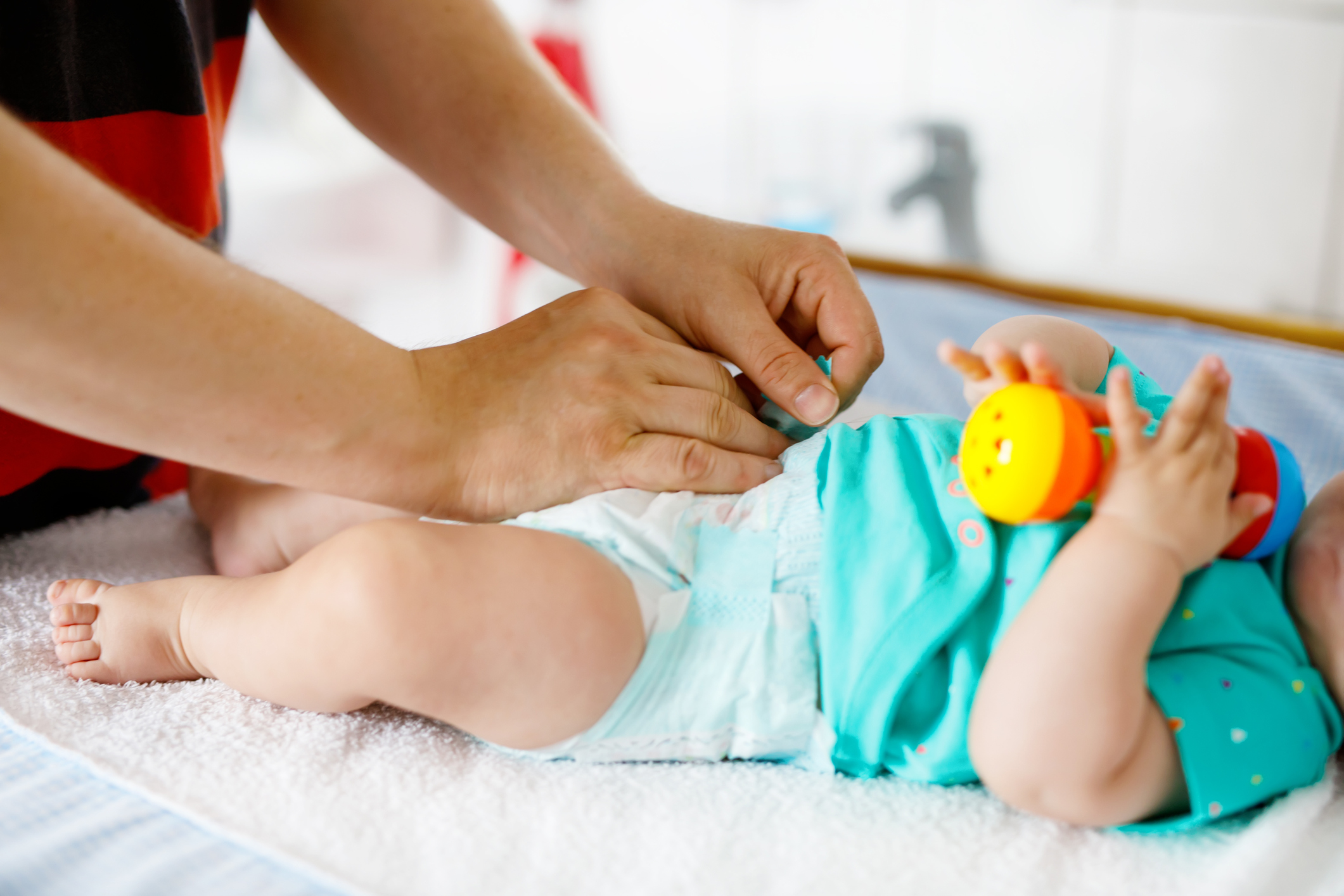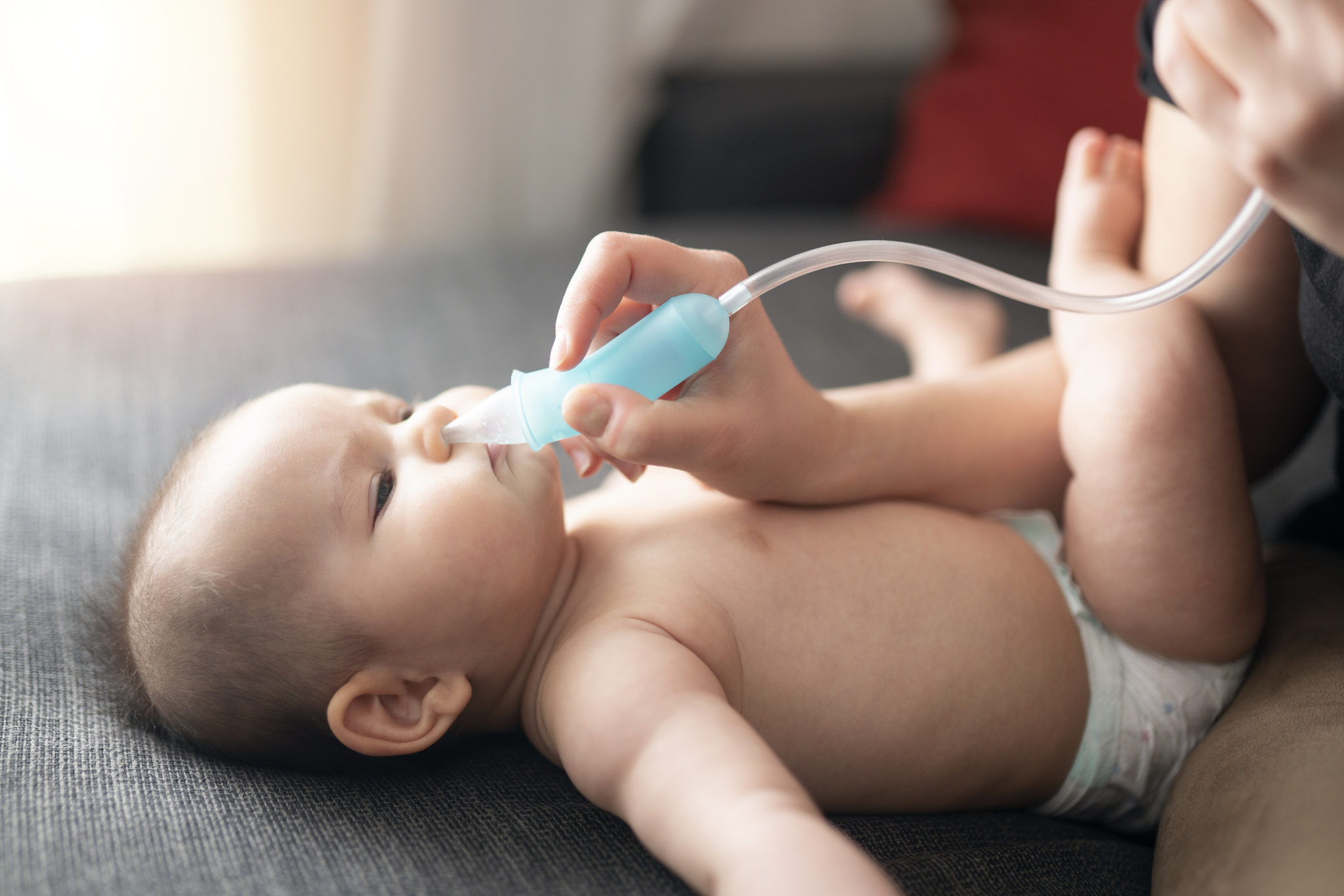
When Is a Fever Dangerous for My Baby, Toddler, or Older Child?

Multiple factors determine whether a fever may indicate a serious illness for your child:
- Behavior change
- Age
- Temperature
- Symptoms
- Fever duration
Among those variables, the degree of fever is the least critical. The best way to determine whether your child’s fever reflects a serious illness is through symptoms and behavior changes.
If your child continues to eat, drink, and play normally, there’s less cause for concern.
However, significant behavior changes may indicate a serious illness, even with a “low-grade” fever that falls below the medical threshold of 100.4° F (rectal). A temperature of 100.4° F is cause for concern only when your child is under 3 months of age. In infancy, a child’s immune system is unprepared to fight infection. Therefore, you should see a physician if your young infant has a fever.
A healthcare provider should also be consulted if your child:
- has a fever for more than three days, or
- appears ill even when the fever is reduced with medication.
Other reasons for seeking medical attention for fever include fussiness, lethargy, refusal to drink fluids, persistent vomiting, or difficulty breathing.
Fevers are not inherently dangerous and are self-limiting. Reaching a body temperature that causes brain injury (around 108° F) requires extreme environmental temperatures, like those of a closed car on a hot day. (Those dangerous temperatures have also been seen with rare adverse reactions to anesthesia.) For fevers caused by illness in children, the fever will never be high enough to cause brain injury, despite a common myth.
Fevers by the Numbers
While “normal” body temperature is 98.6° F (37° C), a child’s temperature can vary slightly from that standard. A normal temperature range is between 97.5° F (36.4° C) and 99.5° F (37.5° C). It also fluctuates throughout the day, with the highest temperature between late afternoon and early evening and the lowest between midnight and early morning.
Except for children under 3 months, deciding whether to visit the doctor should consider your child’s behavior as much as the thermometer’s reading. Even high fevers are common and not necessarily indicative of dangerous illness. For the most part, there is no direct correlation between the degree of fever and the severity of an illness.
What constitutes a fever also depends on how a child’s temperature is taken. Typically, rectal thermometers offer the most accurate temperature readings for infants and young toddlers; oral thermometers provide the greatest accuracy for older children. (Most children can manage an oral thermometer at 4 years old.)
| Thermometer Type | Fever threshold |
| Axillary (armpit) | 99.0° F (37.2° C) |
| Ear* | 100.4° F (38° C) |
| Oral | 100.0° F (37.8° C |
| Pacifier* | 100.0° F (37.8° C) |
| Rectal | 100.4° F (38° C) |
| Temporal artery* | 100.4° F (38° C) |
What Is a Fever?
A fever is the body’s natural response to illness—not an illness itself. For most children, a fever is a sign that their body is responding effectively to an infection. Fevers impede bacteria and viruses’ ability to replicate, stimulating white blood cells to respond.
Here’s a biological explanation:
When viruses or bacteria invade our bodies, white blood cells release proteins called pyrogens. Pyrogens flow through the bloodstream to the hypothalamus, the brain region controlling body temperature. It’s there that they bind to receptors that cause the hypothalamus to raise internal body temperature, resulting in a fever.
As the body’s immune response overwhelms the virus, white blood cells release fewer pyrogens, and body temperature gradually declines. Importantly, this process is self-limiting—an immune response will not trigger a fever sufficient to cause brain injury.
In short, a fever is protective and a good sign that the immune system is trying to fight the infection.
There is little to no scientific evidence to support the widely held belief that teething causes significant fever. Temperatures above 102° F (38.9° C) should never be attributed to teething alone.
What to Do When Your Child Has a Fever
Caring for your child during a fever is less about managing the fever and more about your child’s comfort. If your child is comfortable, fever-reducing medications are unnecessary. While they temporarily reduce a fever, they do not enhance the body’s ability to defeat the underlying illness. The body temperature returns to normal only when an infection has been eliminated.
Acetaminophen (Tylenol) and ibuprofen (Advil, Motrin) are among the most common fever-reducing medicines. Dosing should be based on body weight. ADD IMAGE AND LINK TO DOSING CHART.
If your child is under 3 months of age, consult with your physician before giving any fever-reducing medicines. Also, avoid giving aspirin to any child under age 18. Aspirin can cause a dangerous condition known as Reye’s syndrome.
Other common at-home treatments, like cool baths or applying rubbing alcohol to the skin, are not recommended. Simply cooling the surface of the skin will not bring down your child’s body temperature. Tepid water baths of 85–90° F (29.4–32.2° C) may help bring down body temperature, but usually by only one or two degrees.
Piles of blankets to keep a child warm during feverish chills can negatively affect the body’s natural efforts to regulate temperature. Bundling infants less than 3 months old can actually increase body temperature. Light clothing and blankets are sufficient.
Keeping your child hydrated is critical during a fever or other illness. Bland foods and fluids are best.
Suppose your child has not wet a diaper or urinated in eight hours, has dry lips, and produces no tears when crying. These are signs of dehydration and a reason to seek medical attention. If needed, KidMed can provide an IV for hydration.
What Are Febrile Seizures?
While scary for parents, febrile seizures are rarely dangerous to children. These seizures are induced by a rapid rise in body temperature—not an exceptionally high body temperature. Most febrile seizures occur when a fever begins, and, as such, there is no warning.
Febrile seizures affect 2–4% of all children under the age of 5, with children most susceptible at age 2. The vast majority are brief, lasting a matter of seconds or a few minutes. A child having a febrile seizure may present with classic jerking movements or may simply appear to pass out.
If your child has a febrile seizure, slowly lower them onto their side. Do not put anything in their mouth or hold them during the seizure. The greatest risk from febrile seizures is the potential to fall or choke on food, saliva, or another object.
Seek immediate medical attention following a febrile seizure. It is unnecessary to call 911 unless a seizure continues beyond 15 minutes or if the child does not recover quickly following a short seizure.
Even febrile seizures lasting more than 15 minutes typically have good outcomes. Therefore, hospitalization is necessary only for children under 2 months of age, those with a potentially serious illness, or those with prolonged seizures.
Simple febrile seizures lasting less than 30 minutes do not increase the risk for unrelated epileptic seizures. They do not cause brain damage or developmental delay. They are more common in children with a family history of febrile seizures. Children who have had one febrile seizure are more likely to have another.
Your pediatrician and the pediatric urgent care professionals at KidMed are always available to help determine the cause of your child’s fever.
Finally, please be wary of online information unless the source is trusted, like KidMed Urgent Care and the American Academy of Pediatrics’ healthychildren.org.
Read More
-

Diaper Rash: How to Treat and Prevent
Read more: Diaper Rash: How to Treat and PreventA diaper rash is a common complaint and among the most common rashes in infants and toddlers. A diaper rash is miserable for babies…
-

Can My Child Get X-Rays at Any Urgent Care Center?
Read more: Can My Child Get X-Rays at Any Urgent Care Center?Most urgent care centers offer X-rays. But simply having access to X-ray equipment is not the same as having access to the best medical…
